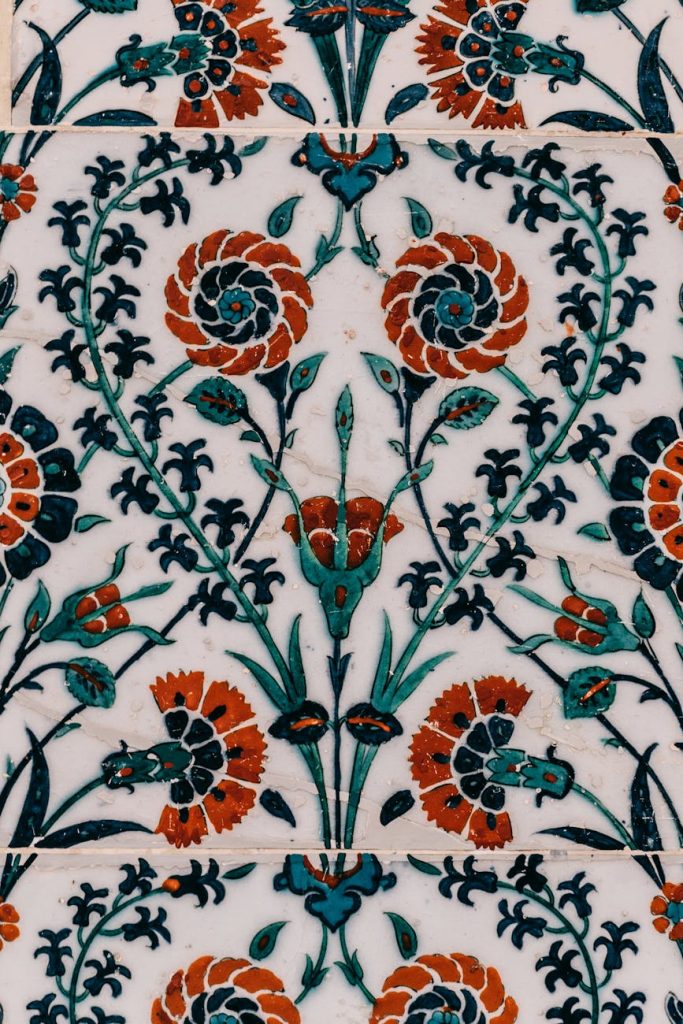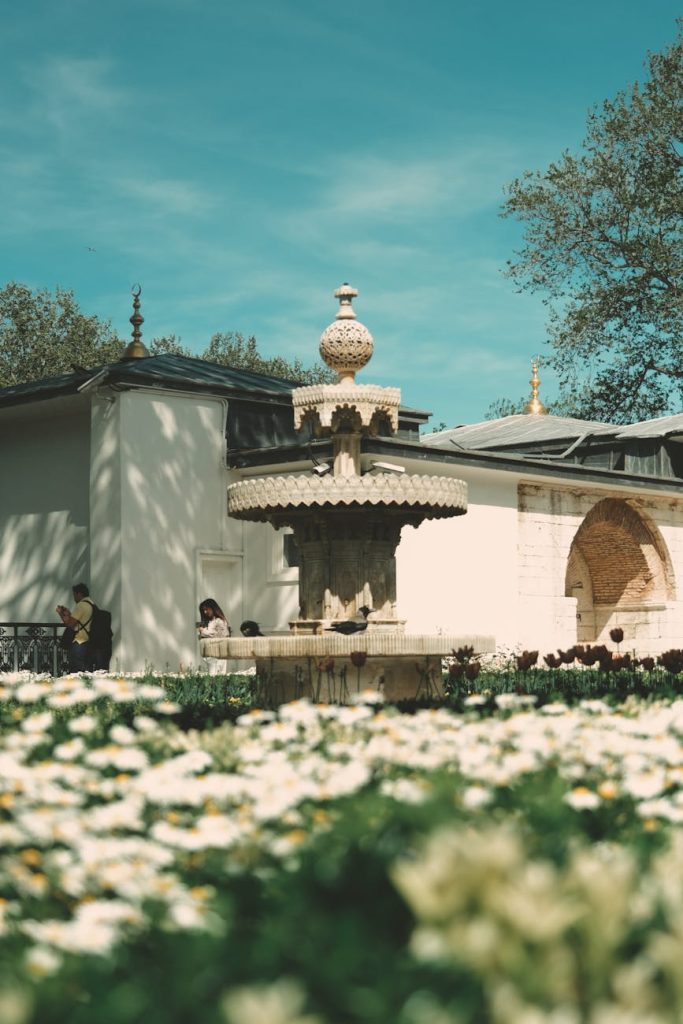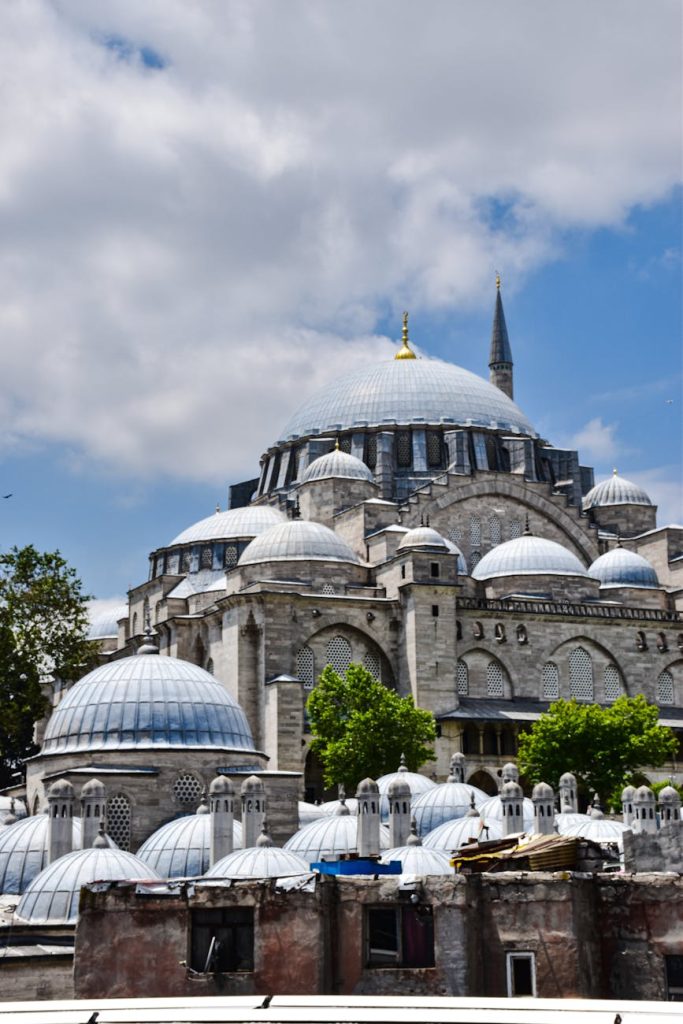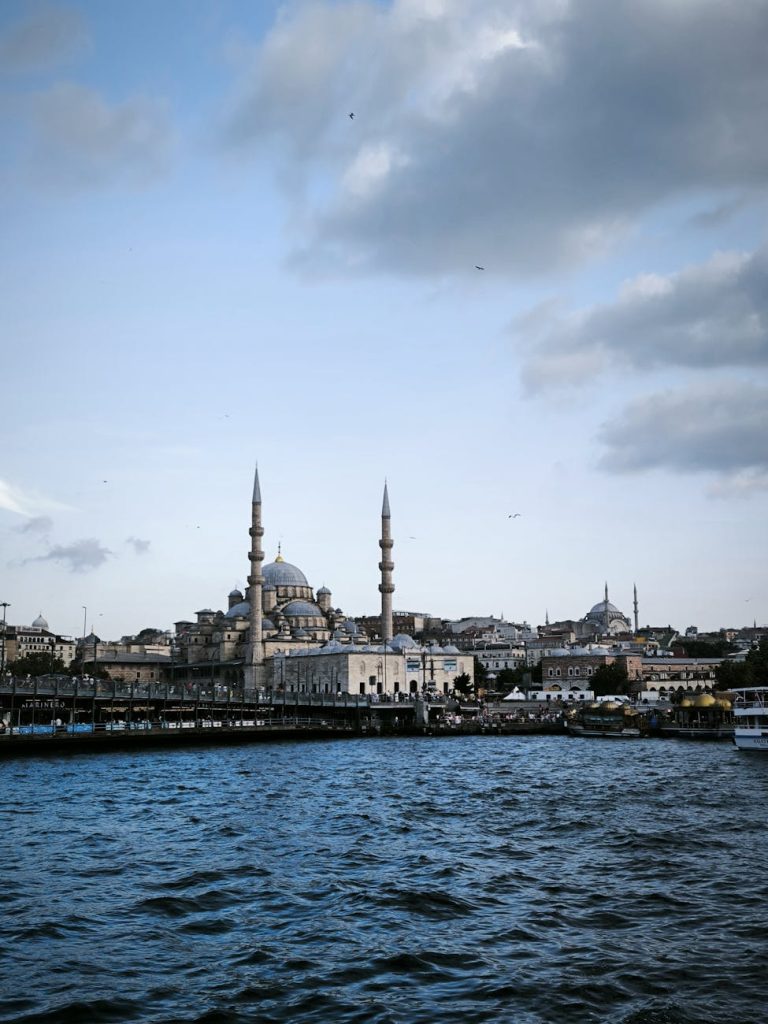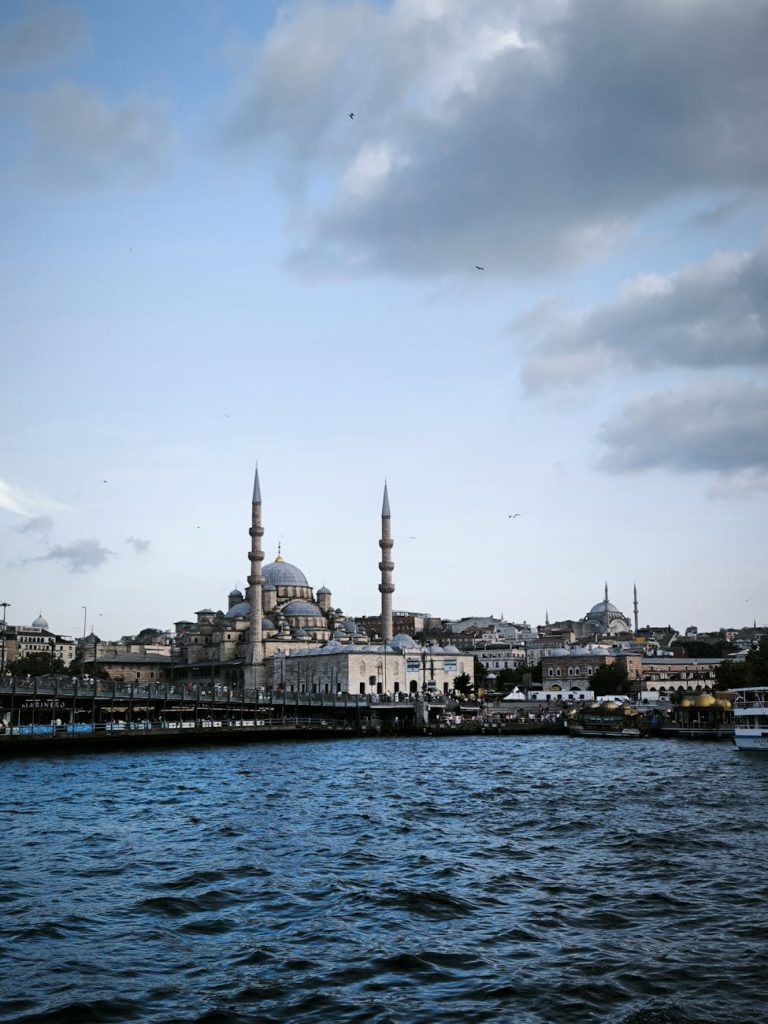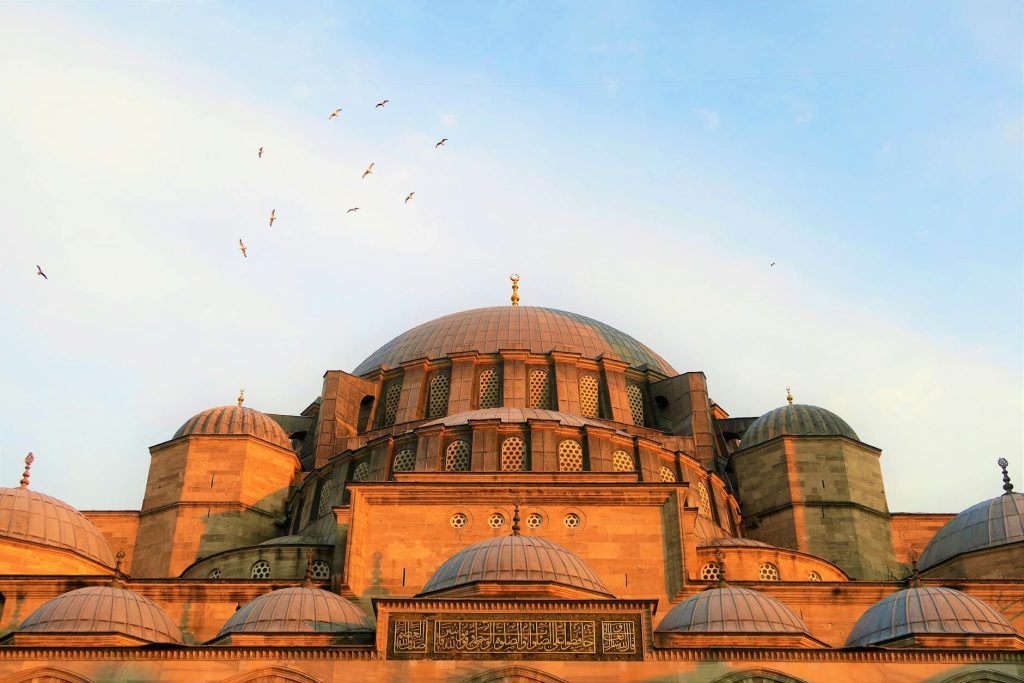
Suleymaniye Mosque Istanbul: Legacy of Sinan Architect
The Suleymaniye Mosque in Istanbul stands as a monumental testament to the architectural prowess of the Ottoman Empire and the brilliance of its chief architect, Mimar Sinan. This blog post explores the rich history surrounding the mosque, its remarkable architecture, the cultural significance it holds in Istanbul, and practical tips for visitors.
History of Suleiman & Sinan
The Suleymaniye Mosque was commissioned by Sultan Suleiman the Magnificent, who ruled the Ottoman Empire from 1520 to 1566. This period is often regarded as the zenith of the empire, marked by military conquests, cultural advancements, and an impressive architectural vision. Sultan Suleiman’s ambition was to construct a mosque that would rival the grandeur of the Hagia Sophia, a former cathedral that had been converted into a mosque after the Ottomans conquered Constantinople in 1453.
Mimar Sinan, appointed as the chief architect during this era, played a pivotal role in realising Suleiman’s vision. He was not only a master builder but also an innovator in Islamic architecture, infusing his designs with a harmonious blend of functionality, beauty, and grandeur. The Suleymaniye Mosque, completed in 1557, is regarded as one of his masterpieces, showcasing the culmination of Ottoman design principles developed throughout his career [1].
Architectural Highlights
The mosque is celebrated for its stunning architectural features, which exemplify the harmonious balance between aesthetics and spirituality.
- Dome: The grand dome spans 27 meters in diameter and rises 53 meters above the ground, creating a sense of soaring space and light within the mosque. The dome is supported by semi-domes, which contribute to the overall stability and beauty of the structure.
- Minarets: The mosque boasts four elegant minarets, each standing at 64 meters tall. These minarets serve not only as elements of decoration but also functionally as locations for the call to prayer.
- Interior: Inside, visitors are treated to intricate tile work and calligraphy. The mosque’s interior features over 200 stained glass windows, filling the space with natural light and illuminating the beautiful designs of the Iznik tiles that adorn the walls.
- Courtyards and Ablution Fountain: The mosque complex includes a spacious courtyard that enhances its grandeur. The central ablution fountain, adorned with graceful arches, invites worshippers to perform their rituals in a serene environment.
These architectural highlights reflect Sinan’s innovative spirit and the aesthetic values of the time. His use of symmetry, light, and space has influenced generations of architects beyond the Ottoman Empire [2].
Cultural Role in Istanbul
The Suleymaniye Mosque serves a crucial cultural and religious role in Istanbul. As one of the largest and most significant mosques in Turkey, it draws thousands of visitors, both pilgrims and tourists, each year. The mosque is not only a place for prayer but also a center for community activities, learning, and special events.
Historically, the mosque complex included a library, a school, a hospital, and a hammam, all of which facilitated learning and community development in the Ottoman era. Today, the mosque continues to be an important educational space, housing religious courses and resources for the public [3].
Additionally, its towering presence and historical significance enhance the skyline of Istanbul, making it an enduring symbol of the city’s rich Islamic heritage.
Tips for Visitors
Visiting the Suleymaniye Mosque can be a profoundly moving experience. Here are some tips to enhance your visit:
- Dress Appropriately: As a functioning mosque, visitors are expected to dress conservatively. Women should cover their hair, while men should wear long trousers.
- Visit During Non-Peak Hours: To fully appreciate the beauty of the mosque, consider visiting early in the morning or late afternoon. This will allow you to enjoy the site with fewer crowds.
- Guided Tours: Opt for a guided tour to better understand the history and architectural significance of the mosque. Knowledgeable guides can provide insights that enrich your experience.
- Respect Prayer Times: Be mindful of prayer times, during which the mosque is closed to tourists. It is best to check the schedule in advance.
- Photography: While photography is allowed in many areas, be respectful of worshippers. Always ask for permission if you are taking close-up shots of people.
Conclusion
The Suleymaniye Mosque stands not only as a marvel of Ottoman architecture but also as a crucial piece of Istanbul’s cultural and spiritual identity. Through the legacy of Sultan Suleiman and the ingenuity of Mimar Sinan, the mosque represents a glorious chapter in the history of Islamic architecture. For those visiting Istanbul, exploring this monumental edifice is an experience that offers insights into the past while providing a serene space for reflection and reverence.
References
Get epic product battles straight to you! 🥊 📦 ![]()

